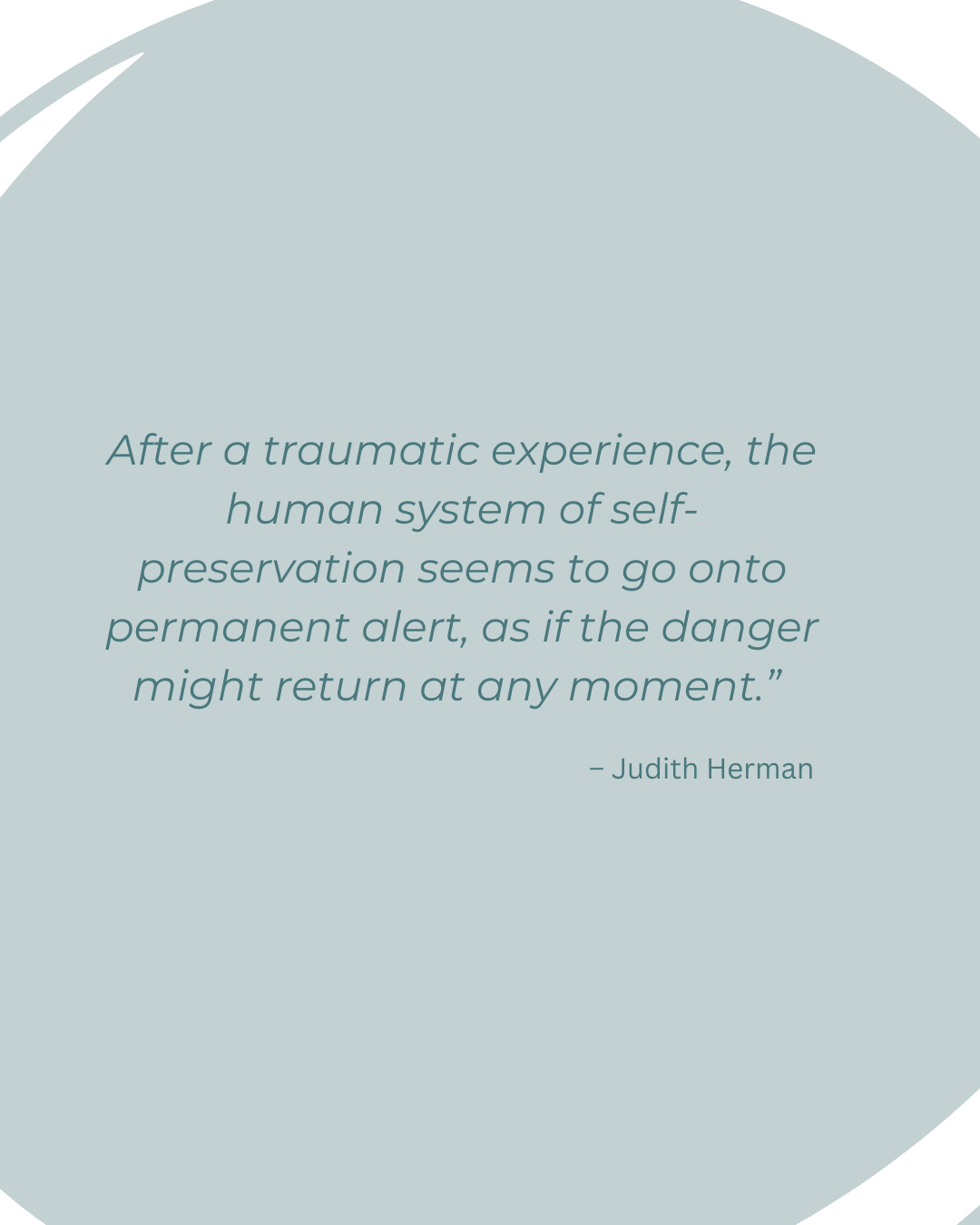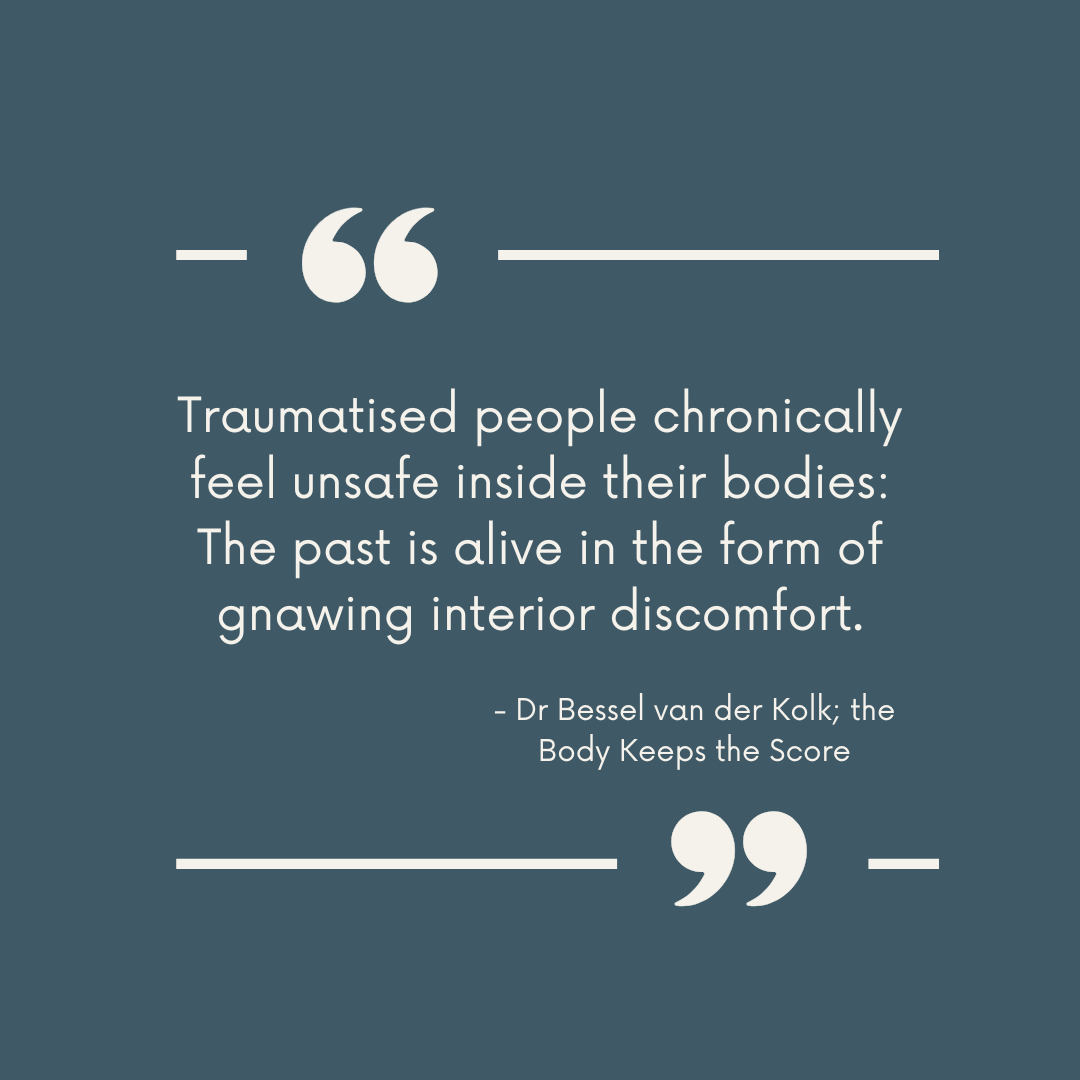Trauma Informed Massage
Healing is not a straight path
Healing from trauma is rarely linear. Some days you feel everything and other days nothing at all.
Trauma-informed massage is not about fixing trauma or promising a cure. Any therapist who claims they can “heal” your trauma is misleading you. Trauma leaves its mark on your nervous system, your body, and your experience of the world, and that cannot be erased.
What trauma informed massage offers is something different and profoundly important. It is a space held by a skilled and qualified practitioner, where your nervous system can pause, your body can reconnect, and you can feel contained, supported, and grounded in the moment.
Navigating trauma responses
First things first. Trauma informed, or trauma sensitive massage Isn’t about fixing trauma. That would be a falsehood, misleading and unethical. Any therapist who tells you that they can fix or heal your trauma, get your coat and head on out through that door. I don’t say this lightly. Nobody fixes your trauma. You, as in you, may heal from your experiences, but you cannot wipe them away like they didn’t (dissociation is the technical term often associated with the mind’s disconnection from overwhelming experience).
In fact, one of the biggest coping strategies to deal with trauma on a subconscious level is to shut down because this keeps us in the illusion of safety. Because, and I speak with experience, feeling nothing is simply less exhausting than feeling everything. If you have experienced traumatic stress that manifests itself into post-traumatic stress, or complex post traumatic stress as a result of life experiences, I am sure you will feel it deep in your bones of being acutely aware of *everything*. And this is wearying.
Even as your nervous system softens, trauma responses can arise. Skilled support ensures these moments are safe
Living in a body whose nervous system is in a constant state of hyper arousal and hyper awareness takes its toll. That’s why minimising exposure to unnecessary sensory experiences or stimulants is sometimes just easier. At the other end of the coping line, numbness can set in like dry rot. And that can be a tricky thing to navigate too, because there’s an almost super hero like immunity to stress, and then we can throw ourselves into repeatedly risky situations to feel something, anything. And I can also speak with experience to that too.
You see, trauma and recovery, or post traumatic growth, is not a logical, straight, step by step path. It is messy, uncoordinated, non-linear and you can find yourself going backwards as much as you can sideways, as much as you can forwards. And sometimes you are just stood stock still unable, or unwilling, to move anywhere. And that is also just effort.
The realities of living with trauma
Even as your nervous system begins to soften and release tension, trauma responses may appear. These responses are natural protective mechanisms and they are valid.
Living with trauma is exhausting. Hyper-arousal, heightened awareness, and constant vigilance can leave you physically and mentally drained. Sometimes the body shuts down as a protective measure, feeling numb to the world. Other times it pushes you into risk or overstimulation just to feel alive. Both responses are part of the body’s attempt to survive. Healing does not mean erasing these experiences. It means acknowledging them and finding ways to be present and embodied despite them.
Recovery is messy, and that is ok
Recovery is not a logical step by step healing - you don’t deal with issue one before nicely and neatly heading to issue 2. You may move forward, backward, sideways, or remain still for periods of time. Stillness is such a vital part of the effort, and it is just as important as any progressive step. Trauma informed massage does not fix your trauma, but it provides the space for you to reconnect into your body in a safe and held environment, knowing that a knowledgable and qualified practitioner is present to hold the space if it becomes overwhelming.
A key tenet of our own healing is being able to love and trust ourselves, even when that feels such a far off or unattainable feat. Part of the path to this is is reconnecting and feeling, quite literally, our body that carries us throughout this life. This therapeutic approach helps us to navigate this path with compassion and patience. Gentle, intelligent and mindful touch provides moments of connection, safety, and support for your nervous system in ways that words alone cannot. Dr Bessel van der Kolk extols the virtue of massage to help us regulate our parasympathetic nervous system, which can often be dysregulated and out of synch within our wider nervous systems. It’s simple and complex all at the same time – a bit like being human you could say.
The wider context of trauma
Trauma is not only personal. Even the UK Government recognises trauma affects individuals, people and place. It is shaped by relationships, communities, and social structures. Recognising this helps us understand that healing is supported not just by individual practices like massage, but also by awareness of the broader context that influences how we survive and thrive.
What trauma informed massage offers
Trauma informed practice, using the UK government definition, is structured around the principles of safety, trust, choice, collaboration, empowerment (from you, never given or done to you), and culture. These principles, while important, do not fully capture the richness and nuance of a skilled and empathic session with a practitioner who can hold space even when you are struggling to find a centredness in yourself.
This work is not about fixing the past. It is about being held in a safe, professional space, meeting you exactly where you are, and creating room for rest, presence, and connection. It helps you feel your body as a source of safety and strength in the midst of a complex, non-linear journey.
How to book
My list is currently closed to new clients, but if you are happy to provide your details to be added to a waiting list, I will get in touch with you as soon as I have capacity to see more folk. It’s a brave thing you are doing, taking this first step.
Once I am able to contact you, we’ll arrange a time to have a conversation to see whether my approach and style feels safe and resonant with you. And we can arrange a session from there.
If you do want to sign up to the waiting list, pop your details in the form and I’ll be in touch as soon as I am able.





